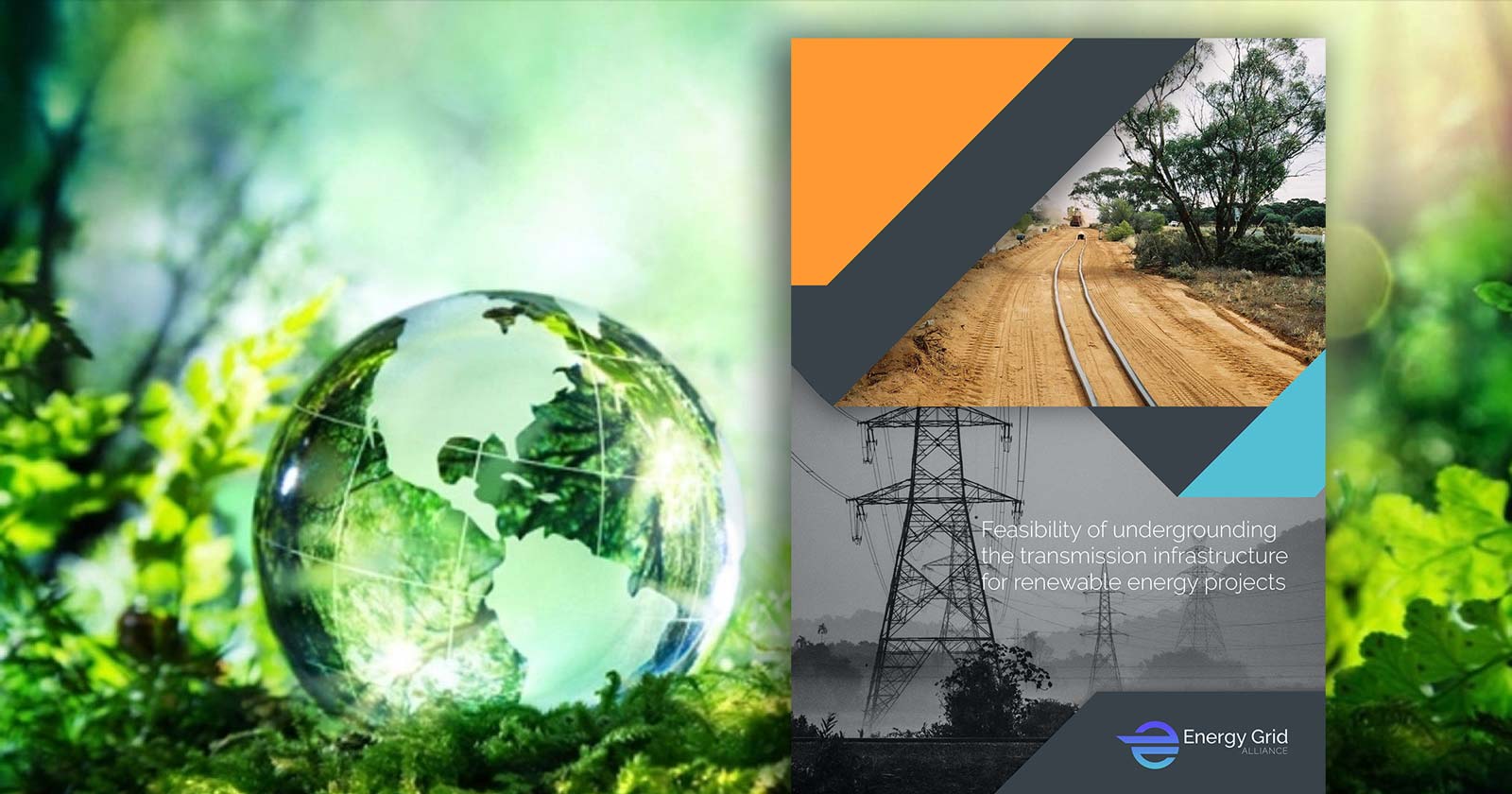NSW Inquiry into the feasibility of undergrounding transmission

Energy Grid Alliance (EGA) is pleased to make a submission to this inquiry. This submission addresses the terms of reference as much as practical. It is important to note that EGA’s submission focusses primarily on the benefits of underground HVDC, not underground HVAC. This is due to the superior benefits of using HVDC technology.
It is important throughout the Inquiry, that distinction and comparison be made between underground HVAC and underground HVDC as the outcomes can be notably different with respect to environmental impacts, costs, and system resilience. Underground HVDC provides a superior transmission solution that minimises degradation of the broader environment by mitigating the likelihood, extent and/or duration of potential effects and increases system resilience to climate and extreme weather events.
It is also important to note, with respect to costs, that there is no on-size-fits-all solution. Studies (often based on assumptions) have shown that the cost of undergrounding can be between 3 to 20 times more expensive than an overhead HVAC solution. Once reason these figures have varied so considerably is that the distinction between HVAC and HVDC has not been made during the assessment. Other reasons costs can vary per project are due to topography, geography, and overall route selection. Costs vary widely depending on the specifics of the project (such as power rating, circuit length, overhead vs. cabled route, land costs, site seismology, and AC network improvements required at either terminal). A detailed comparison of DC vs. AC transmission costs may be required in situations where there is no clear technical advantage to DC, and economical reasoning alone drives the selection.
To realise the true net benefit of underground HVDC over the life of a project, a Triple Bottom Line (TBL) analysis is required for each transmission project to consider profit, people, and the planet.
In addition to submission, EGA has also submitted the following appendices for consideration. EGA consider the focus of the Terms of Reference to be too narrow to truly appreciate the benefits of underground transmission.
These appendices represent submission that EGA has made to previous consultation processes. While some have a Victorian focus, the observations and recommendations are applicable to all Australian states.
The following appendices have been hyperlinked for ease of access.

